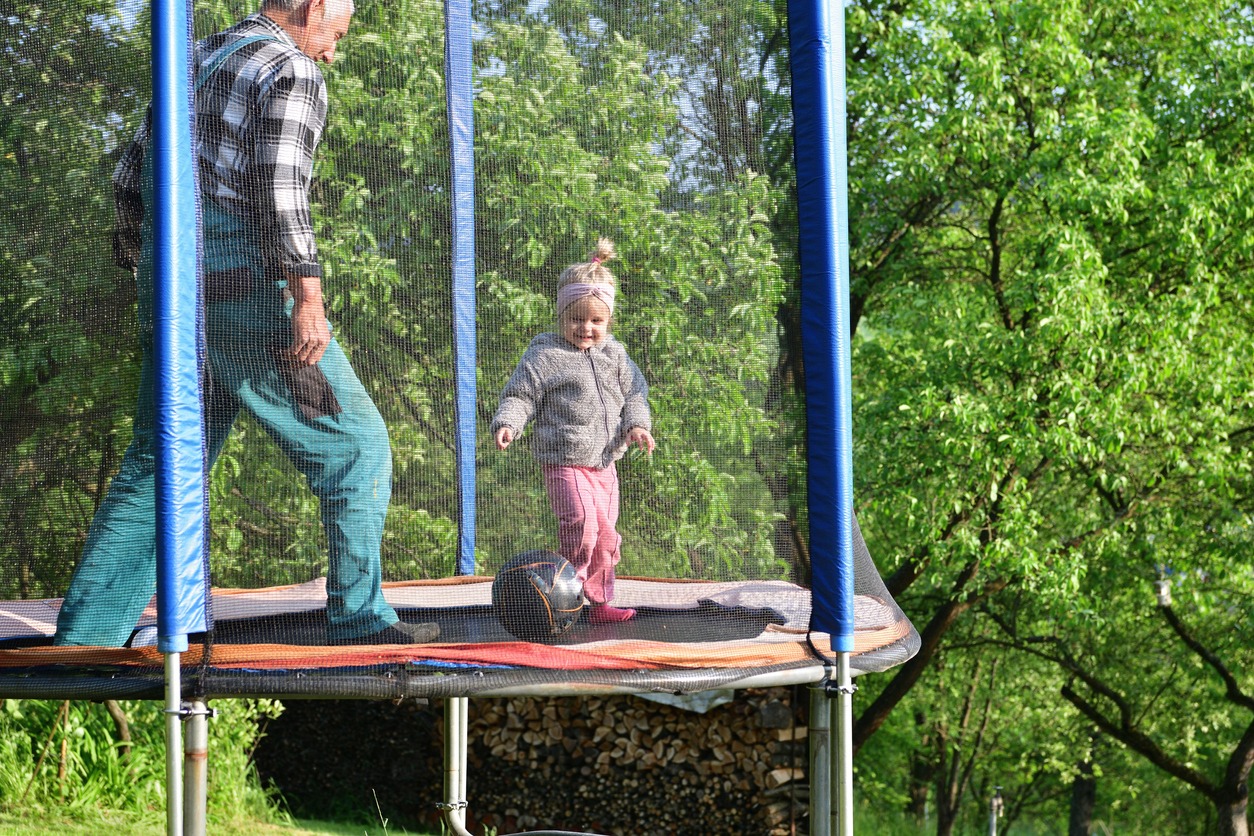Do you want to add some fun to your intense workout sessions? Yes? A rebounding exercise is just what you need to add to your workout routine! It is a type of aerobic exercise performed while jumping on a mini-trampoline or a rebounder.
Rebounding brings you a myriad of health benefits like increased endurance, strengthened muscles and bones, and much more. The best part about it is that it is a low-impact cardiovascular exercise that is gentle on the joints and does not exhaust your body.
In this article, you will get to know why you should opt for rebounding and how you can get started with it. So, without further ado, let’s dive right in!
Why Should You Try Rebounding?
Here are some benefits of rebounding that will compel you to add it to your workout routine.
- Burns Calories
Rebounding burns calories faster than swimming, running, or walking. A person weighing 180 pounds can burn 96 calories in around 12 minutes of rebounding.
Whereas, if you are 160 pounds, you can burn 86 calories in 12 minutes. Thus, it is an excellent exercise for people wanting to lose weight fast.
- Boosts Your Mood
Working out on a rebounder helps in boosting your mood. Bouncing helps release all the tension and negative emotions and enhances all the good feelings you get after an intense workout.
The act of bouncing keeps you focused on not bouncing off the rebounder that stimulates your brain activity. As a result, you feel more focused, less stressed, and connected to your body.
- Strengthens Muscles
Rebounding is a great exercise to strengthen and tone your muscles. It works your buttock, leg, abdominal, and deep-back muscles.
This exercise significantly improves cardiovascular health and makes your heart and lungs stronger. Also, it engages your core as you push yourself upward while keeping your body upright and strengthens your pelvic floor as well.
- Increases Bone Density
Bouncing puts less amount of pressure on the bones, helping them grow stronger. The low-impact exercise supports bone density, bone formation, and bone strength. Thus, it is an ideal option for people with osteoporosis.
How To Get Started?
If you plan on trying rebounding, you must first buy a mini-trampoline for your home gym or join a fitness club. You will come across several types of trampolines.
Make sure to pick an adult model compact enough to fit in a corner of your room. Also, check measurements before picking any model so that it fits perfectly in your home.
What To Look For In A Trampoline?
An ideal trampoline must have stable and sturdy legs, ensuring your safety while you jump on it. Its circumference should be between 36 and 48 inches.
The rebounder can bear an adult weight of a minimum of 220 to 250 pounds. However, large trampolines can support more weight. Also, make sure the rebounder has quiet performance, meaning the springs do not make noise when you bounce on it.
You may also opt for a foldable model if you have limited space. These models can easily be put away when not in use.
Some mini-trampolines come with a handlebar that is convenient for a beginner. And some also come with a built-in tracker to record your jumps per minute and calories burned.
How To Start Rebounding?
- Warm-up
Start by casually jumping for a few minutes to warm up the muscles. You may simply march on the trampoline.
Stand in a comfortable position and lift your right leg and left arm, simultaneously. Then, drop them at the same time. Repeat it for your left arm and right leg.
Continue moving your body this way to increase your heart rate. For a full-body workout, keep your core tight and lift the legs with your abdominals. At this stage, you are not really bouncing but are merely warming up your muscles.
- Cross Your Legs When In The Air
Now, start bouncing and lifting your feet a little upward. Jump and cross your leg while you are in the air and then keep your right foot in front of your left foot as you land.
Jump again, but this time with your right foot behind your left foot as you land. Keep repeating it for a few minutes.
Stretch your arms sideways for added balance. And remember to keep your core engaged to let your legs moving.
- Jumping Jacks
Jumping jacks on a rebounder may be performed differently. To perform jumping jacks on a rebounder, you may want to tread down while moving your legs in and out.
Bend your torso a little forward and move your arm in and out to your sides as you jump. Repeat this movement for around two to three minutes.
- Interval Training
Interval training lets you burn more calories and improves cardiovascular health. Jump with intense effort for 20 seconds and then rest or jump with light effort for 10 seconds.
Continue doing it seven times. You may increase the interval length when you gain strength.
So, now you are well aware of all the benefits of rebounding, it is time to get a trampoline and get started! Rebounding may be just what you need to add a little bit of fun to your workout sessions to stay motivated!

